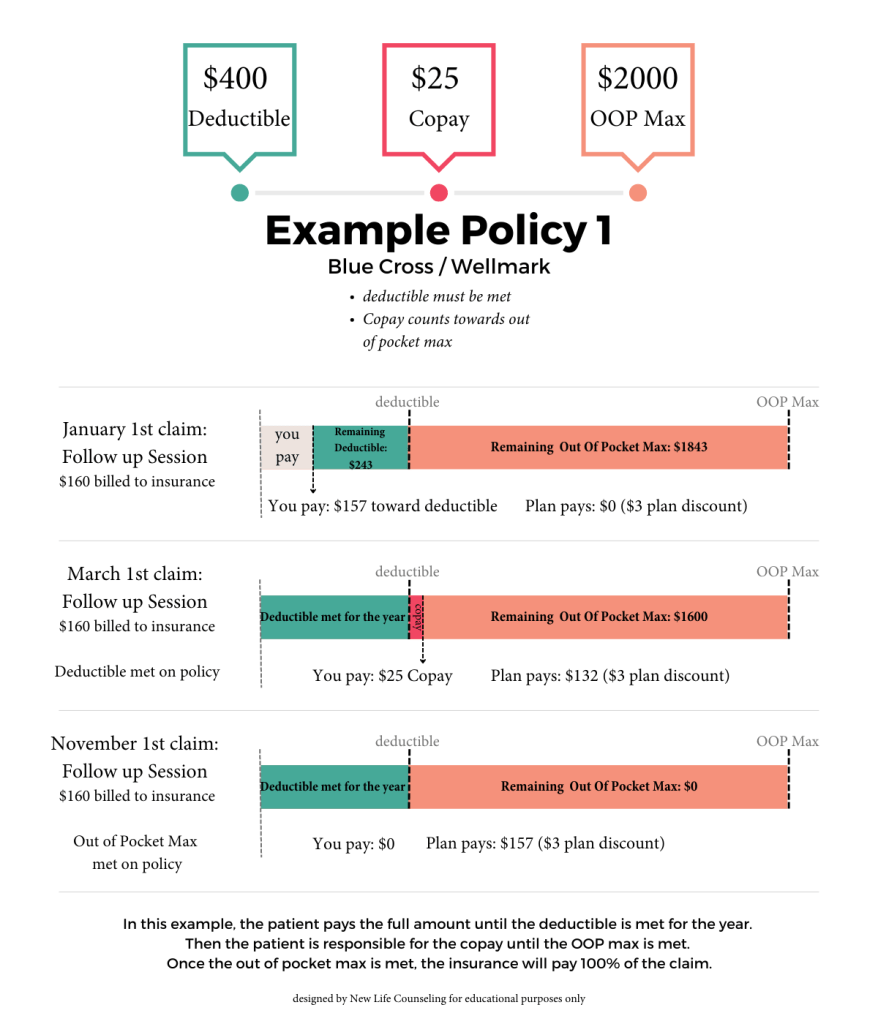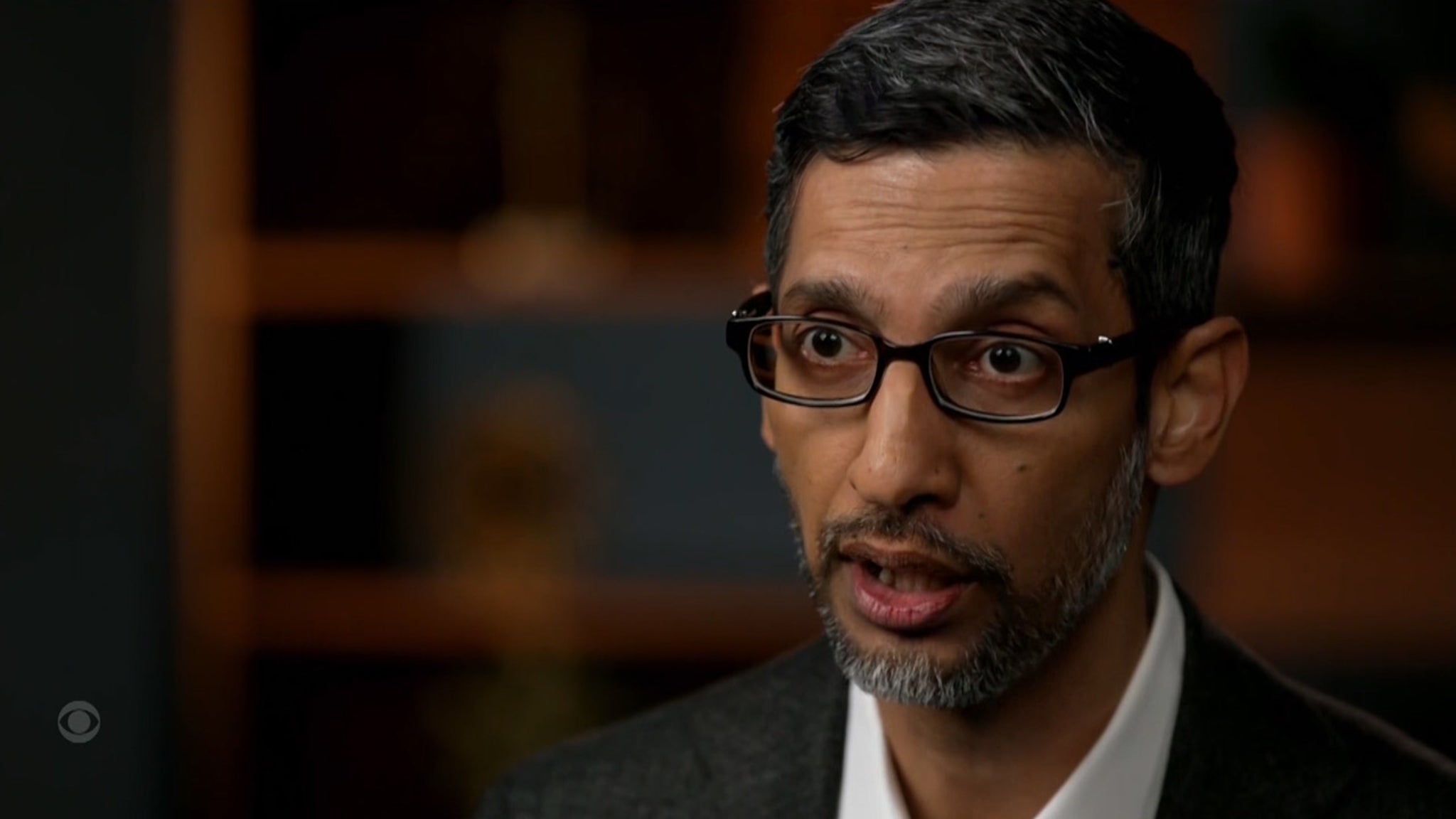Understanding The Low Percentage Of Mental Health Insurance Claims

Table of Contents
The Stigma Surrounding Mental Illness
The pervasive stigma associated with mental illness significantly impacts help-seeking behavior. Many individuals hesitate to seek professional help due to fear of judgment, discrimination, and social repercussions.
Societal Attitudes and Misconceptions
Societal misconceptions about mental illness often fuel this stigma. Many still incorrectly view mental health conditions as personal weaknesses or character flaws rather than treatable medical conditions. This lack of understanding creates a significant barrier to seeking help. The fear of negative consequences is real and profoundly affects individuals' decisions.
- Fear of losing employment: Concerns about job security and potential discrimination often prevent individuals from disclosing their mental health conditions to employers.
- Social isolation: The stigma can lead to social isolation as individuals fear judgment or rejection from friends and family.
- Shame and guilt: Many internalize the stigma, experiencing shame and guilt about their mental health struggles.
- Lack of understanding from loved ones: A lack of empathy and support from family and friends can further discourage individuals from seeking professional help.
The Role of Media Representation
Media portrayals of mental illness significantly influence public perception. While some media representations are improving, many still perpetuate harmful stereotypes and misconceptions. Sensationalized reporting and negative portrayals in films and TV shows contribute to the stigma and reinforce negative attitudes.
- Negative portrayals in films and TV: Often, individuals with mental illnesses are depicted as violent, unpredictable, or simply as caricatures.
- Inaccurate representations in news stories: Sensationalism and a lack of factual accuracy can further stigmatize mental illness.
- Lack of positive role models: Positive and accurate representations of individuals living with and managing mental health conditions are crucial to challenging the stigma.
Access and Affordability Barriers
Financial constraints and limitations in insurance coverage present significant obstacles to accessing mental healthcare. High costs and systemic gaps in coverage create substantial barriers for many individuals.
High Costs and Insurance Coverage Gaps
The high cost of mental healthcare, including therapy sessions, medication, and inpatient treatment, is a major deterrent. Many insurance plans have limited networks of providers, inadequate coverage for certain treatments, and burdensome prior authorization requirements, further limiting access.
- High cost of therapy sessions: The cost of individual therapy sessions can be prohibitive, especially for those without comprehensive insurance coverage.
- Lack of affordable options: Affordable and accessible mental health services are often scarce, especially in underserved communities.
- Insufficient coverage for medication: Many insurance plans place restrictions on medication coverage, requiring high co-pays or prior authorizations.
- Long waiting lists: Even with insurance, individuals may face long waiting lists to access specialized care or see specific therapists.
Geographic Limitations and Provider Availability
A shortage of mental health professionals, particularly in rural and underserved areas, exacerbates the problem. Finding a provider who accepts a specific insurance plan can be challenging, further restricting access to care.
- Shortage of psychiatrists and therapists: A significant shortage of mental health professionals exists nationwide, particularly in rural and underserved communities.
- Long waiting times for appointments: Long wait times to see a mental health professional can be discouraging and delay necessary treatment.
- Lack of specialized services in certain areas: Access to specialized services, such as inpatient treatment or specific therapies, may be limited or nonexistent in certain geographic areas.
Navigational Challenges and Lack of Awareness
Navigating the complexities of the insurance system and a lack of awareness about available resources contribute to low mental health insurance claims.
Complexity of the Insurance System
Understanding insurance benefits, filing claims, and dealing with insurance companies can be overwhelming for many individuals. The lack of clear and accessible information about mental health insurance coverage further complicates the process.
- Confusing insurance terminology: Insurance policies often contain complex terminology that can be difficult for individuals to understand.
- Complicated claim processes: Filing insurance claims for mental healthcare can be a lengthy and bureaucratic process.
- Lack of user-friendly resources: Accessible and user-friendly resources explaining mental health insurance coverage are often lacking.
Lack of Awareness and Education
A lack of public awareness about mental health resources and available support systems also contributes to underutilization of insurance benefits. Increased education and awareness campaigns are crucial to encourage help-seeking behavior.
- Limited access to information: Many individuals are unaware of the resources and support systems available to them.
- Lack of education in schools and workplaces: Education about mental health and available resources is often insufficient in schools and workplaces.
- Insufficient public awareness campaigns: More comprehensive public awareness campaigns are needed to reduce stigma and encourage help-seeking behavior.
Conclusion
This article has examined the intricate interplay of stigma, access barriers, and navigational challenges contributing to the low percentage of mental health insurance claims. Addressing this critical issue requires a multi-pronged approach. Increased public awareness campaigns are essential to combat the stigma surrounding mental illness. Improvements in insurance coverage, including broader networks and reduced out-of-pocket costs, are vital. Expanding access to mental healthcare professionals, especially in underserved areas, is also crucial. Finally, simplifying the process of accessing care and providing clear, accessible information about insurance benefits can significantly improve utilization rates. By tackling these challenges, we can encourage more individuals to seek the help they need and improve their mental well-being. Let's work together to break down the barriers and increase the utilization of mental health insurance benefits.

Featured Posts
-
 Christina Aguileras Altered Image A Discussion On Body Image And Photo Manipulation
May 02, 2025
Christina Aguileras Altered Image A Discussion On Body Image And Photo Manipulation
May 02, 2025 -
 Tribute To Priscilla Pointer Dalla Actress And Renowned Teacher
May 02, 2025
Tribute To Priscilla Pointer Dalla Actress And Renowned Teacher
May 02, 2025 -
 Pakstan Myn Ywm Ykjhty Kshmyr Ky Tqrybat
May 02, 2025
Pakstan Myn Ywm Ykjhty Kshmyr Ky Tqrybat
May 02, 2025 -
 Is Sabrina Carpenter Coming To Fortnite Date And Time Details
May 02, 2025
Is Sabrina Carpenter Coming To Fortnite Date And Time Details
May 02, 2025 -
 Sundar Pichai Warns Doj Antitrust Plan Could Eliminate Google Search
May 02, 2025
Sundar Pichai Warns Doj Antitrust Plan Could Eliminate Google Search
May 02, 2025
